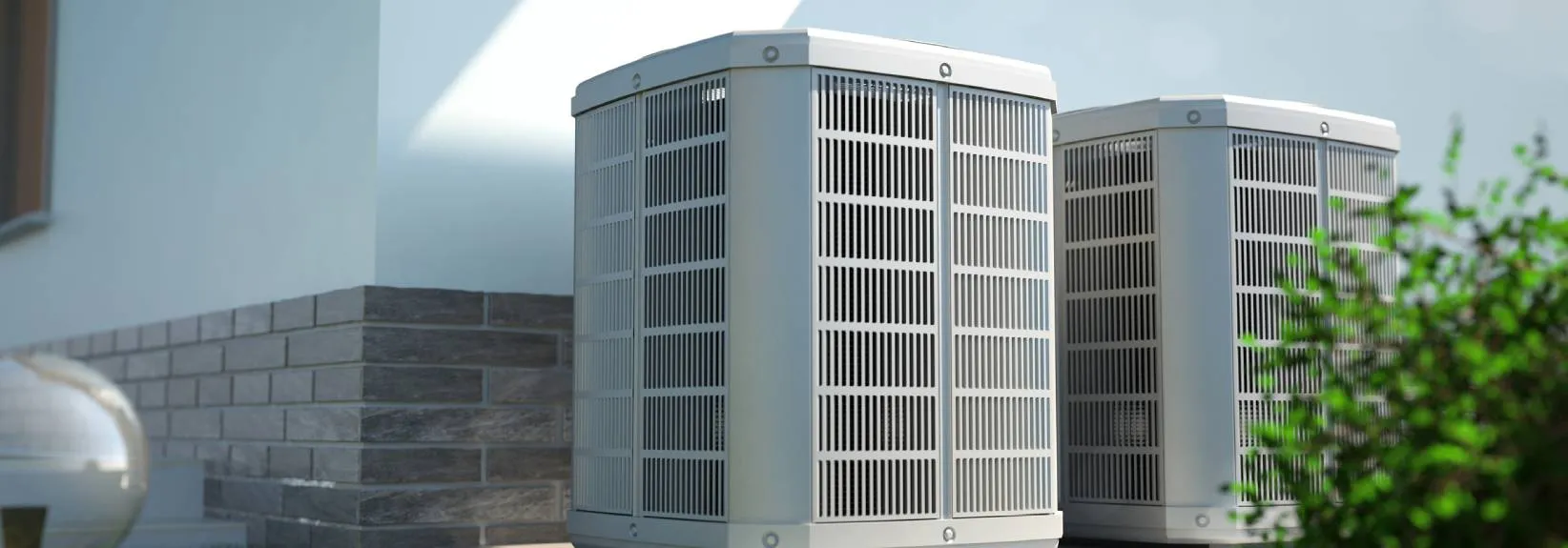Understanding the New SEER 2 Rating and Why It Matters
Energy efficiency is more than just a buzzword; it’s a critical consideration for homeowners keen on saving money and who also want to support environmental sustainability. The launch of new SEER 2 rating standards in 2023 marks a substantial shift in how we think about cooling efficiency. Release of the new calculations affects new HVAC installations as well as regular AC maintenance and repairs. Explore the nuances of these changes and how they apply to you.
The Basics of SEER and SEER 2
SEER, short for seasonal energy efficiency ratio, is the standard metric utilized to assess the cooling efficiency of air conditioning units. The higher the SEER rating, the more energy efficient the system and the less the operating expenses.
SEER is computed by dividing the cooling output during a regular cooling season—measured in British thermal units, or BTUs—by the energy consumed in the process as measured in watt-hours. These calculations are generated under specific test conditions to establish consistency.
SEER 2 is the next era of AC efficiency ratings. It uses modified testing practices to provide a more accurate representation of real-world performance. Because of this, you should anticipate that AC efficiency ratings with a “2” after them will be lower, even though they evaluate the same performance.
SEER isn’t the only rating that’s changing in 2023. A similar cooling rating known as the energy efficiency ratio (EER) is also moving to a new standard called EER 2. Also, heat pumps have a heating-related rating that evaluates wintertime performance. It’s named heating seasonal performance factor (HSPF), which is also changing to HSPF 2 based on new, more exacting testing criteria.
New SEER Rating Standards for 2023
These changes probably will make you wonder—what are the new SEER rating standards for 2023? The Department of Energy (DOE) has created differing requirements for the Northern and Southern United Provinces. Obviously, the South has stricter requirements because this region relies more heavily on AC units. Here’s what to know when searching for a new AC or heat pump:
- The 2023 minimum rating for air conditioners in Northern provinces is 14 SEER, which translates to 13.4 SEER 2.
- The 2023 minimum rating for air conditioners in Southern provinces is 15 SEER, which is equivalent to 14.3 SEER 2.
- The 2023 minimum EER rating only applies to air conditioners installed in Southwestern provinces. It’s 12.2 EER, which is the same as 11.7 EER 2.
- The 2023 minimum ratings for heat pumps apply nationwide. They are 15 SEER (14.3 SEER 2) and 8.8 HSPF (7.5 HSPF 2).
Why SEER 2 Matters for Homeowners
The transition to SEER 2, EER 2 and HSPF 2 is crucial for many reasons.
Cost Savings
The more accurate measurements provided by SEER 2-rated units enable homeowners to make educated decisions about new HVAC installations, potentially leading to diminished energy bills over the system’s life span.
Environmental Impact
Energy-efficient systems with a high SEER 2 rating take less energy. This reduces your home’s carbon footprint, contributing positively to global environmental protection efforts.
Regulatory Compliance
Following the latest SEER rating standards and recognizing the equivalences between SEER and SEER 2 can help homeowners abide by the latest regulations. Be aware, HVAC companies are responsible for installing equipment that meets new testing requirements.
In the North, pre-SEER 2 air conditioning systems can still be installed in 2023, just as long as they were manufactured before January 1. However, in the South, only SEER 2-compliant air conditioners can be installed after January 1. If an installer ignores these regulations and is cited by the DOE, they must replace the non-compliant AC unit free of cost to the homeowner.
SEER 2 and New HVAC Installations
If you’re looking to purchase a new air conditionerair conditioning system} in 2023, you might see SEER or SEER 2 ratings indicated on the tag. Either rating may be deemed compliant, if it satisfies the regional minimum.
But bear in mind, it’s vital to note that the new SEER rating standards only relate to systems purchased and installed after January 1, 2023. Existing systems installed before this date don’t need to be replaced if they still operate properly. This exception ensures homeowners aren’t weighed down by extra expenses but are still able to promote future investments in more energy-efficient options.
Embrace SEER 2 with Confidence with Winnipeg Supply Service Experts
Comprehending SEER 2 is about more than just being introduced to a new technical concept. Rather, it’s about aligning your residence with the ever-changing landscape of energy efficiency and environmental stewardship. SEER 2 brings a more exact measurement to the table, impacting the way homeowners approach new HVAC installations.
Winnipeg Supply Service Experts is ahead of the curve when it comes to this latest age of home comfort efficiency. We even guarantee your 100% satisfaction, so you can move forward with confidence. From educating homeowners about the new SEER rating standards to doing SEER 2-compliant HVAC installations in Winnipeg, the team at Winnipeg Supply Service Experts is here for you.
Get in touch with Winnipeg Supply Service Experts to learn how we can help you adopt the new SEER rating standards. Together, we’ll help you set up a more energy-efficient home tailored to your needs and aligned with the future of air conditioning technology. Call 204-988-4575 today to schedule your appointment for AC service in Winnipeg.

